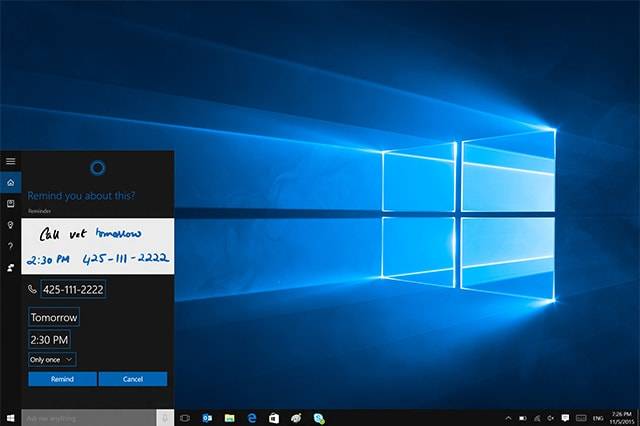From suspicious keyloggers to vague privacy policies, Windows 10 has arguably been plagued by privacy concerns since it was first launched. Microsoft is, however, on a mission to put such persistent rumors to rest. In hindsight, Microsoft being less transparent about the data the OS has been collecting from everyone may partly be to blame. This time, the company seeks to right the ship by being more transparent about the diagnostics data collection practices the company follows.
Will their recent move be enough to calm our anxiety regarding our privacy on Windows 10?
Better Transparency in Next OS Update
For the first time, Microsoft is finally shedding light on its mysterious data collection practices. With the release of the Windows 10 Creators Update, the company is hoping to bring an end to accusations of the company snooping on its users. It’ll do so by revealing what data its OS collects from your computer.
Ready for download since April 11, the Windows 10 Creators Update came with a revamped Privacy settings section. While upgrading to the Creators Update, you’ll be shown a new Privacy Settings where you’ll be asked to toggle the following features:
Speech Recognition
This allows Windows Store apps and Cortana to recognize your voice and send such data for better speech recognition on Microsoft.
Relevant ads
This gives apps access to your advertising IDs so they can show ads that are more interesting to you (based on your app usage).
Location
This gives apps and Windows permission to request for your location and share such data with Microsoft.
Tailored experiences with diagnostic data
With the use of diagnostic data from your computer, Microsoft can offer you tips and recommendations.
A More Comprehensive List of Collected Data
To ease any further doubts on Microsoft’s data collection practices, the tech giant published a massive list of diagnostics data. Not only has the company provided such info on its site, the company introduced better controls around the level of data collection people can have on Windows 10. Once the latest Creators Update rolls out, users can switch between basic and full levels of data collection.
So, what will be collected in both Basic and Full level diagnostics?
The Basic level collects a defined set of data that may be critical to understanding your device and its configuration. Data includes, but not limited to, basic device info, app compatibility, quality-related data, and Windows Store.
On the other hand, the Full level of diagnostics collects data for the following categories: (1) software setup and inventory data; (2) browsing, search and query data; (3) common data; (4) product and service usage data; (5) linking, typing, and speech utterance data; (6) content consumption data; and (7) licensing and purchase data.
In a blog post, Windows chief Terry Myerson said that Microsoft is hoping the transparency will allow users to make “more informed choices” once the new Creators Update rolls out.
Response to Mounting Pressure vs. Privacy Concerns
Transparency in its data gathering protocols may likely be Microsoft’s response to increasing pressure from authorities. European Union regulators have been pressuring the company publicly with regard to their privacy practices since last year.
You can also recall France ordering Microsoft to stop tracking Windows 10 users. European Union data protection watchdogs have even gone as far as warning users that pertinent changes on Microsoft’s Windows 10 Creators Update don’t go far enough in terms of transparency. Their warning came after the regulators left apparently unsatisfied with Microsoft’s announcement concerning its privacy changes. In fact, they’ve sought further clarifications from the tech giant since such announcement was made.
Microsoft Taking the Right Steps Forward
The public sentiment has created an air of uncertainty around Windows 10. Netizens have openly wondered whether the operating system could be trusted not to track users without expressed consent. With these things in mind, Microsoft is making the moves to finally address such lingering woes.
It will be up to privacy advocates, though, to go over Microsoft’s publicly available documents and verify whether the company has gone far enough to ease all privacy concerns. Even as experts are weighing in on the updates, the technology giant is already laying out subsequent plans to eliminate every privacy issues involving Windows 10.
“We will… share more information about how we will ensure Windows 10 is compliant with the European Union’s General Data Protection Regulation,” Marisa Rogers, Microsoft’s Windows and devices privacy offer says in a statement. Expect Microsoft to provide more information detailing Windows 10 data collection in the future.
It looks like the Redmond-based firm finally got the message. We’re glad they’re responding to Windows 10 privacy concerns with decisive action, too.


